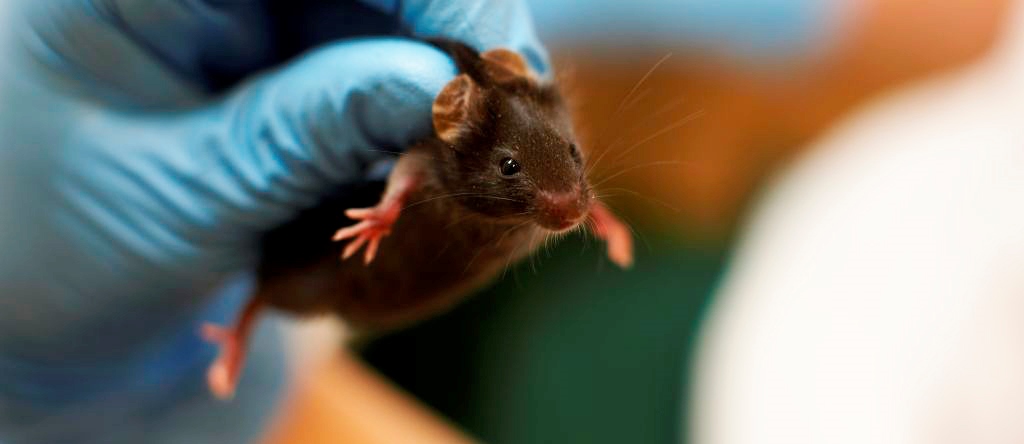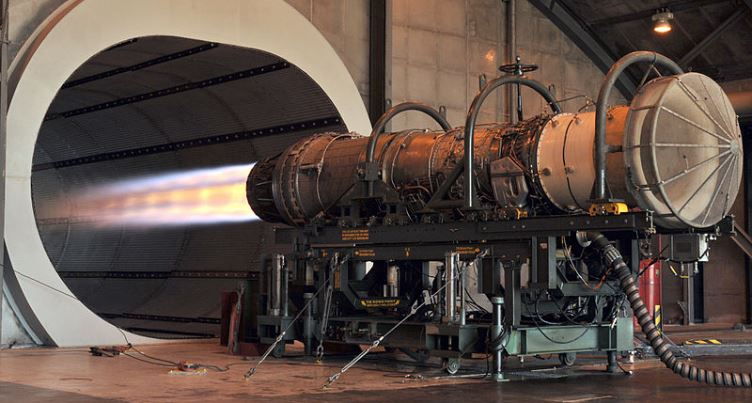
Mice sing like a jet engine
Even though mice have been so intensely studied, they still have some cool tricks up their sleeves
Wild mice, rats and also many other rodents produce ultrasonic songs that they use for courting and territorial defense. These love songs are often studied in mice to find cures for stuttering and autism. However, until now it was not established how mice can make such ultrasonic sounds, which is important if you want to explain why drug treatments or gene mutations change songs.
- We found that mice make ultrasound in a way never found before in any animal, says Elena Mahrt, lead author on the study and graduate student at Washington State University Vancouver, USA.
- Mice don't use vibrating vocal folds in their larynx to make these ultrasonic sounds. Instead they point a small air jet coming from the windpipe against the inner wall of the larynx, says Dr. Coen Elemans, senior author on the study and head of the Sound Communication and Behavior group at the University of Southern Denmark.
 - This produces an ultrasonic whistle.
- This produces an ultrasonic whistle.
Very complicated and clever
Using ultra-highspeed video of 100,000 frames per second the researchers could show that the vocal folds remain completely still while ultrasound was coming out of the larynx.
- Interestingly this mechanism is known only to produce sound in supersonic flow applications, such as vertical takeoff and landing with jet engines, or high-speed subsonic flows, such as jets for rapid cooling of electrical components and turbines, says Dr. Anurag, co-author and head of the Aero-acoustics laboratories at the University of Cambridge, UK.
- Mice seem to be doing something very complicated and clever to make ultrasound, he continues.
May help understand humans with a speech or social disorder
- It seems likely that many rodents around the globe use ultrasound to communicate, but very little is known about this. It is even possible that bats use this cool mechanism to echolocate, Elemans says, adding:
- Even though mice have been studied so intensely they still have some cool tricks up their sleeves.
- The more we understand how mice make their social sounds, the easier it will be to understand what happens in a mouse brain that has the same genetic mutation as a human with a speech or social disorder, Mahrt concludes.
Contact
Coen Elemans is an Associate Professor at Department of Biology. He heads the institute's Sound, Communication and Behavior Group and the Elemans Lab, which studies the control mechanisms that vocal vertebrates use to produce sound for communication.